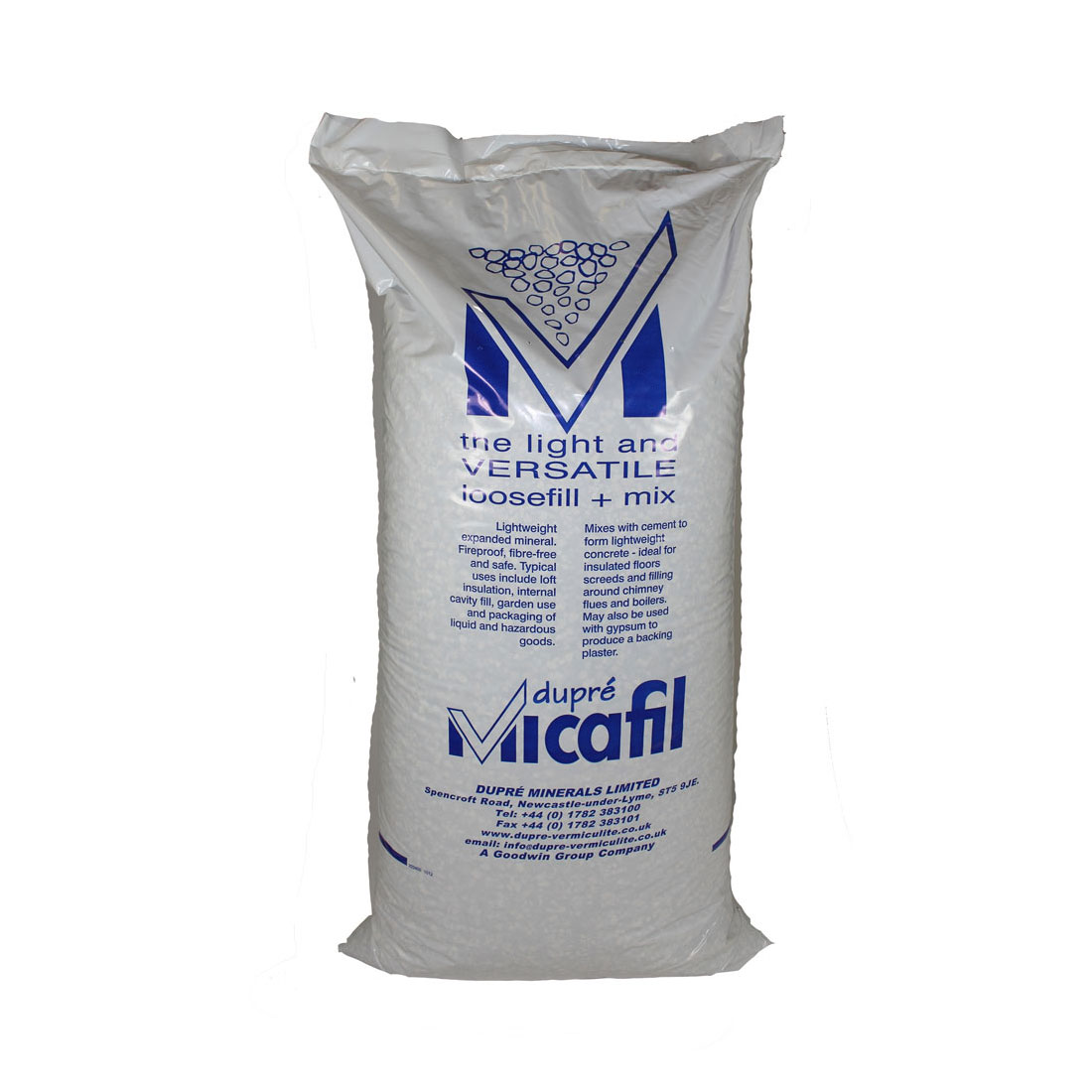
HETAS approved fuels
For Woodburning Only


add_circle Screw Type Adapter
add_circle 500g Natural Fire Cement
add_circle Chimney Notice Plate
Do I need to insulate my chimney flue?
There is no regulatory need to insulate around chimney liners inside a chimney stack, according to the Building Regulations.
Regulatory Requirements
Regulations do require that gases be safely removed from the structure, and insulating the flexible flue liner inside the chimney stack plays its part in ensuring that the gases can flow straight up from the stove and out the chimney top.
How Insulation Helps the Chimney
If the chimney is located on an exterior wall, and the stack is especially long, or the flue has a wide diameter, then insulation would be strongly advised.
This is because, by keeping the flue gases warm, you can speed up their escape and reduce the chance of condensation forming on the liner. If gases become to cool in the flue, it can result in condensation forming and flowing down the liner into the stove itself, which may cause damage over time.
Insulation keeps the hot gases rising for an effective draw on your stove by keeping out the cold and preserving the heat inside the flue.
Solution
 The best solution is vermiculite granules, which come in 100 litre bags and can be easily poured down the gaps between the stack and the liner, once the register/closure plate has been installed.
The best solution is vermiculite granules, which come in 100 litre bags and can be easily poured down the gaps between the stack and the liner, once the register/closure plate has been installed.
NEXT: Differences between 316 and 904 flue liner?
Buy Your Flue/Chimney Products With Confidence At FlexiflueDirect
